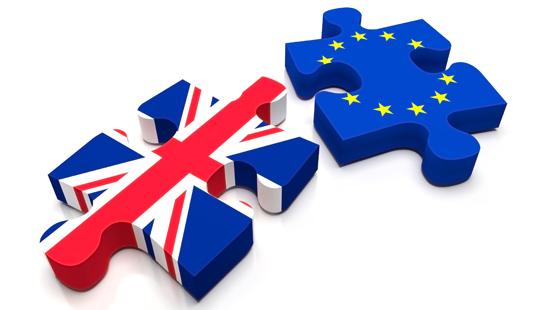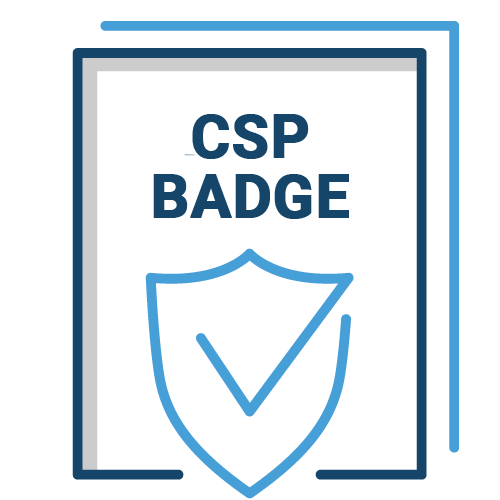How to Submit Customs Declarations


Submitting Customs Declarations Electronically to HMRC
Customs declarations need to be submitted electronically to HMRC. To submit customs declarations to HMRC you will need to be registered with HMRC and obtain an EORI number. You will also need software with the ability to:
1. Prepare the customs declarations
2. Submit them to HMRC via an approved communications channel know as a Community System Provider (CSP).

Obtaining a “Badge” for Submitting Customs Declarations
For submitting customs declarations via the HMRC’s CHIEF or CDS service you may need to obtain an ID known as a “Badge”.
If your imports from the EU are going to arrive via a RoRo ferry then you can obtain a Badge from any CSP and use it to have your customs declarations submitted to HMRC. Descartes can provide you a Badge for RoRo into the UK and handle your submissions to HMRC using our Pentant CSP. Contact Us to learn more about obtaining a Badge for customs declarations.
For Inventory Managed Imports you will need to have a Badge from the CSP managing the Inventory System for the port your goods are entering through, e.g. Dover, Felixstowe, Southampton, etc

What Information is Required?
Most information is commercially related data and easily identified – name of consignor, consignee, weights, goods description, values, nature of transaction, details of transport etc. There are some Customs areas that need to be known such as the tariff code for the product, but these should be an extension of the current Intrastat codes if you are dealing with Intra-EU movements.
The customs declaration may require costs to be confirmed. This can include transport, packing, insurance and documentation. There are other charges which may also be required to complete the valuation of the goods. Further details can be found on the HMRC Valuation web page.
There are some specific codes used to determine which procedure the goods are to be put through, any authorisations held or documents accompanying the goods, However, for most businesses these are repetitive once established.

Customs/Excise Duties and Other Charges
The customs duties payable depends upon:
- Tariff Code and Country of Origin (Preferential or Full Duty rates, Quotas or duty suspensions)
- Customs Value (on what value the rate is applied)
- Customs procedure (is the duty payable or suspended)
You will need a CPC (Customs Procedure Code) that will denote how much (if any) Customs/Excise duties are payable together with VAT. You can find further details on UK CPC’s at the HMRC CPC web page.

Restrictions
Certain products may be subject to prohibitions, restrictions, or licencing and these will be detailed in the Customs Tariff data together with details regarding which type of documents will be required.

Legally Binding
A Customs Declaration is a legal declaration. If you decide not to submit your own Customs Declarations most brokers will act on a direct representative basis and you will remain liable for the information in the customs declaration. Descartes recommend that you obtain basic customs training to mitigate risks. See here for a list of companies who offer customs training to help with submitting customs declarations for Brexit.
The majority of goods will be processed and cleared automatically by Customs but consignments requiring physical or documentary checks will be handled in the UK by BF (Border force) for inspections or the NCH (National Clearance Hub, Salford). Details can be found on the HMRC clearance hub web page.
Looking to speak with a solution expert?
